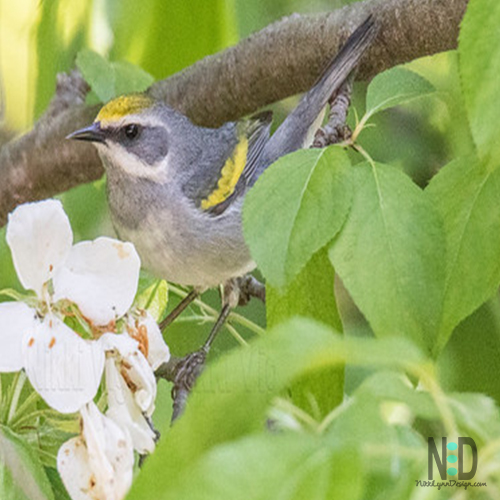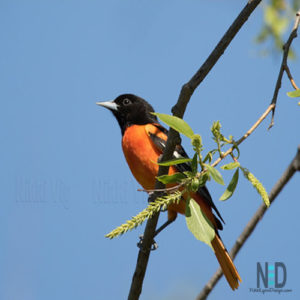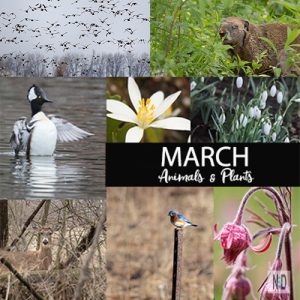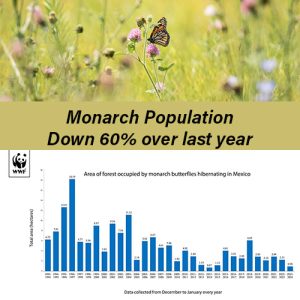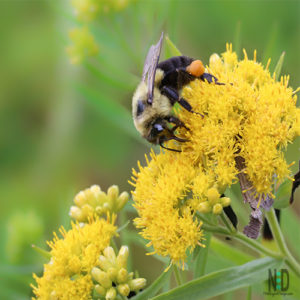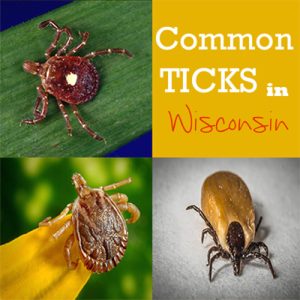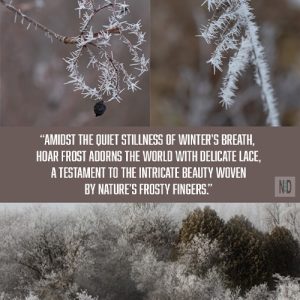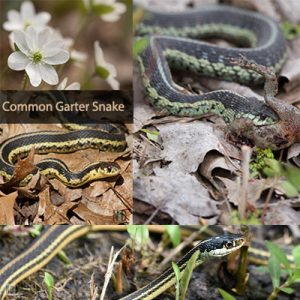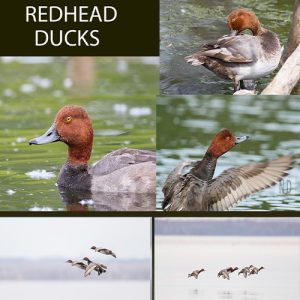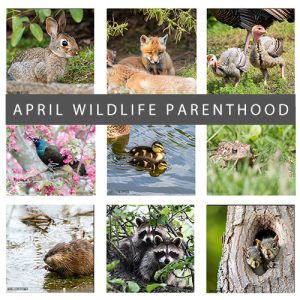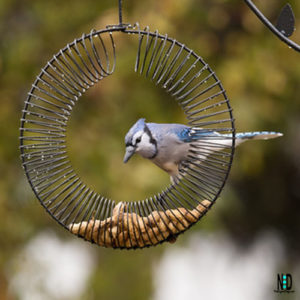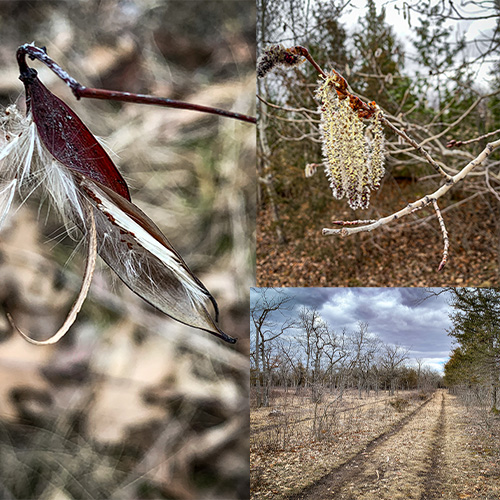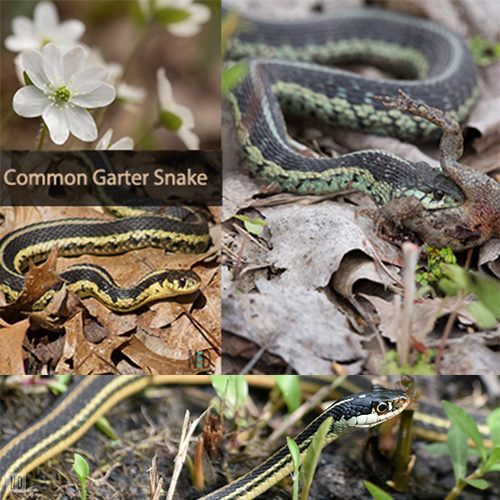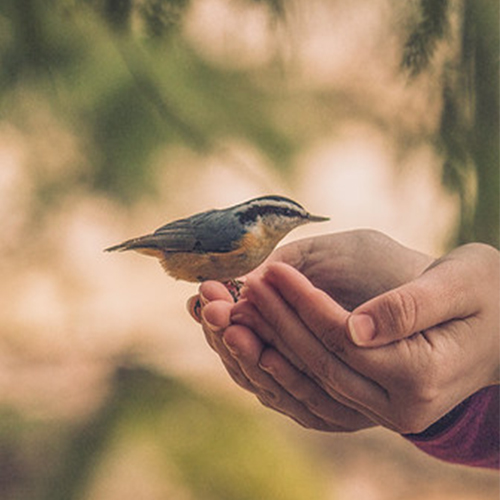Gotta Catch ‘Em All
There have been some really wonderful colored birds lately on the walking paths. If you are an active birding fan you know that the warblers are sprinkled around the area. I feel like my children during the Pokemon stage of life – Gotta Catch ‘Em All !

Ways to Find Warblers:
1.) Which Warblers Can You Expect to See? – Find out what Warblers you can expect to see in your area. (I have a list of Wisconsin warbler below) List common, rare and occasional. It makes a world of difference when you can identify each warbler. Learn what the male and female look like. Remember, they can look very different from one another.
Need Help IDing a Warbler? – I posted a handy online PDF to help identify them under this post.

Warblers of Wisconsin
- Ovenbird, Seiurus aurocapilla
- Worm-eating warbler, Helmitheros vermivorum (Rare)
- Louisiana waterthrush, Parkesia motacilla
- Northern waterthrush, Parkesia noveboracensis
- Golden-winged warbler, Vermivora chrysoptera
- Blue-winged warbler, Vermivora cyanoptera
- Black-and-white warbler, Mniotilta varia
- Prothonotary warbler, Protonotaria citrea
- Swainson’s warbler, Limnothlypis swainsonii (A)
- Tennessee warbler, Oreothlypis peregrina
- Orange-crowned warbler, Oreothlypis celata
- Nashville warbler, Oreothlypis ruficapilla
- Virginia’s warbler, Oreothlypis virginiae (H)
- Connecticut warbler, Oporornis agilis
- MacGillivray’s warbler, Geothlypis tolmiei (A)
- Mourning warbler, Geothlypis philadelphia
- Kentucky warbler, Geothlypis formosa (R)
- Common yellowthroat, Geothlypis trichas
- Hooded warbler, Setophaga citrina
- American redstart, Setophaga ruticilla
- Kirtland’s warbler, Setophaga kirtlandii (R)
- Cape May warbler, Setophaga tigrina
- Cerulean warbler, Setophaga cerulea
- Northern parula, Setophaga americana
- Magnolia warbler, Setophaga magnolia
- Bay-breasted warbler, Setophaga castanea
- Blackburnian warbler, Setophaga fusca
- Yellow warbler, Setophaga petechia
- Chestnut-sided warbler, Setophaga pensylvanica
- Blackpoll warbler, Setophaga striata
- Black-throated blue warbler, Setophaga caerulescens
- Palm warbler, Setophaga palmarum
- Pine warbler, Setophaga pinus
- Yellow-rumped warbler, Setophaga coronata
- Yellow-throated warbler, Setophaga dominica (R)
- Prairie warbler, Setophaga discolor (R)
- Black-throated gray warbler, Setophaga nigrescens (A)
- Townsend’s warbler, Setophaga townsendi (A)
- Hermit warbler, Setophaga occidentalis (A)
- Black-throated green warbler, Setophaga virens
- Canada warbler, Cardellina canadensis
- Wilson’s warbler, Cardellina pusilla
- Painted redstart, Myioborus pictus (A)
- Yellow-breasted chat, Icteria virens

2.) Learn the Call of Each Warbler – If you can identify the call of the different types of warblers, it makes it easier to spot them.

3.) Know the Habit of the Warbler – Each type of warbler has a specific place they enjoy hanging out. Don’t we all? Looking to see a Canada Warbler? It varies from the environment you normally find a Northern Waterthrush.

4.) Exchange Information – Have a network of people that exchange locations or follow checklists on a site like eBird or other birders.

I have an excellent start! Gotta Catch ‘Em All! I have a good start for my first serious first year taking a crack at capturing warblers. Maybe, when they pass through my area again in fall, I can add to the collection. There again, there is always next year too. It is the thrill of the hunt.
Posts may contain affiliate links. Thank you for supporting this site!
Additional Posts:
 |
 |
 |
 |
 |
 |
